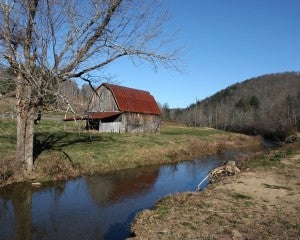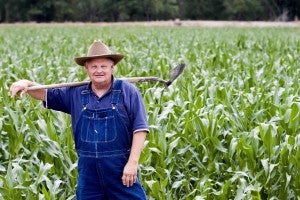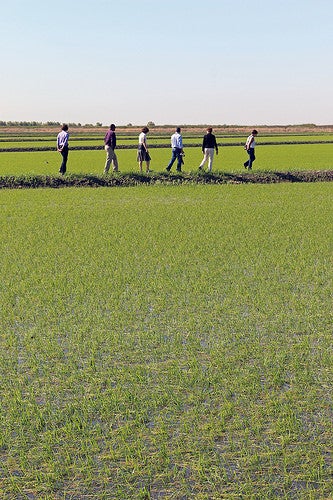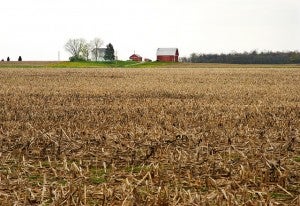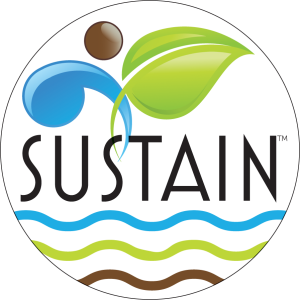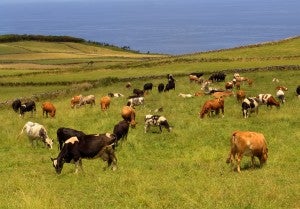 At last week’s State Ag and Rural Leaders’ summit in Florida, legislators from across the U.S. discussed sustainability initiatives in the food supply chain. The conversations and presentations were informative for all – but what was missing from the conference was discussion about the role the private sector can play in supporting public sustainability initiatives.
At last week’s State Ag and Rural Leaders’ summit in Florida, legislators from across the U.S. discussed sustainability initiatives in the food supply chain. The conversations and presentations were informative for all – but what was missing from the conference was discussion about the role the private sector can play in supporting public sustainability initiatives.
State programs to support farmers
State programs can go a long way towards supporting farmers’ conservation efforts without economic downsides (and potentially increased revenues). Read More










